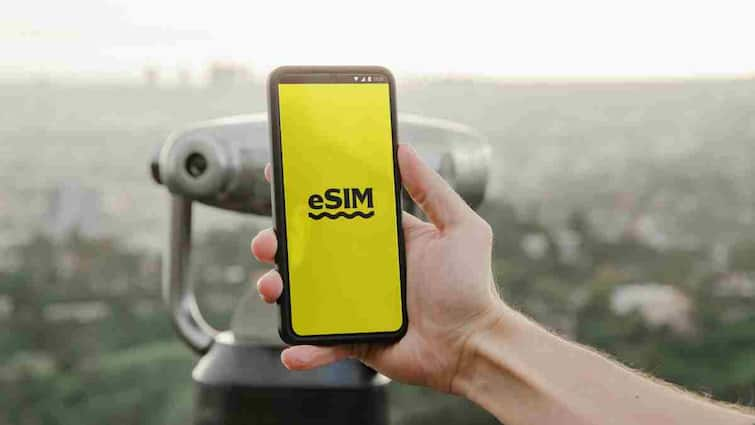eSIM Technology: Smartphone technology is changing rapidly and now EMBEDED SIM is becoming popular gradually. This is a digital sim that is directly present in your phone’s hardware. That is, you do not need to apply or remove it. Currently, big telecom companies like Jio, Airtel and VI in India provide ESIM support on selected devices. However, there are still questions in the minds of many users as to what this technology is and what can be its advantages and boundaries in a big market like India.
What is a normal SIM card?
The full name of SIM is Subscriber Identity Module. It is a small plastic chip that has to be inserted into the phone. It has your mobile network details, numbers and some basic contacts stores. Nano-Sim is currently being used the most in India.
What is ESIM?
ESIM (Embedded Sim) is actually a digital version of SIM which is inbuilt in the motherboard of your phone. To activate this, you do not need to enter a separate card. Telecom operators activate it through QR code or settings. In India, iPhone, Google Pixel and some Samsung Galaxy models already support ESIM.
Difference between ESIM and Normal SIM
- Normal SIM is a separate card while ESIM is already installed inside the phone and cannot be removed.
- In ESIM, you can change the operator by scanning the QR code, while the physical card has to be swapped to change the normal SIM.
- With ESIM, you can run both digital and physical sim together.
- ESIM cannot stolen or lose while physical SIM can be easily lost.
- ESIM saves extra space inside the phone, so that companies can give slim design or large battery.
Benefits of ESIM in India
- It is easy to change operators without going to the store.
- There is no danger of SIM card breakdown or missing.
- Convenient for travelers, you can immediately activate international plans without purchasing a new SIM abroad.
- You can use dual sim, one number for work and another for personal.
ESIM challenges in India
Limited device support: At present, only ESIM is found in expensive smartphones (iPhone, Pixel, Samsung Galaxy).
Complex setup: Applying immediately like physical sim does not start work, but has to activate through QR code and settings.
Difficult to change phone: Like a normal SIM, it cannot be transferred to another phone immediately, it has to be setup again.
Limited Operator: Right now only Jio, Airtel and VI support ESIM. Small networks are behind.
Trouble if the phone is lost or spoiled: ESIM is not transferred immediately when the device is damaged or losted, for this, it has to be requested again from the operator.
Also read:
This service of Google can be found in Whatsapp and Instagram, many tasks will be easy

